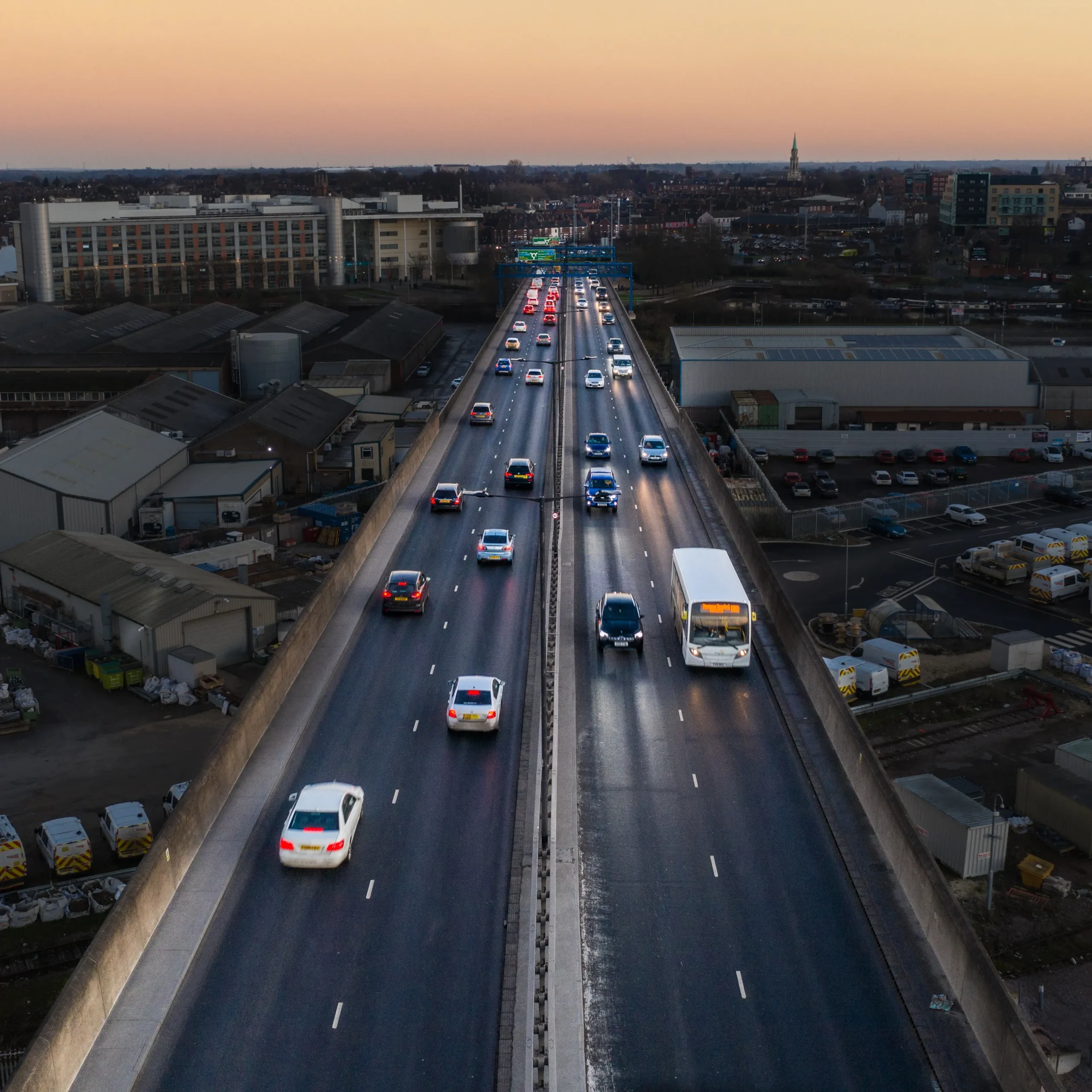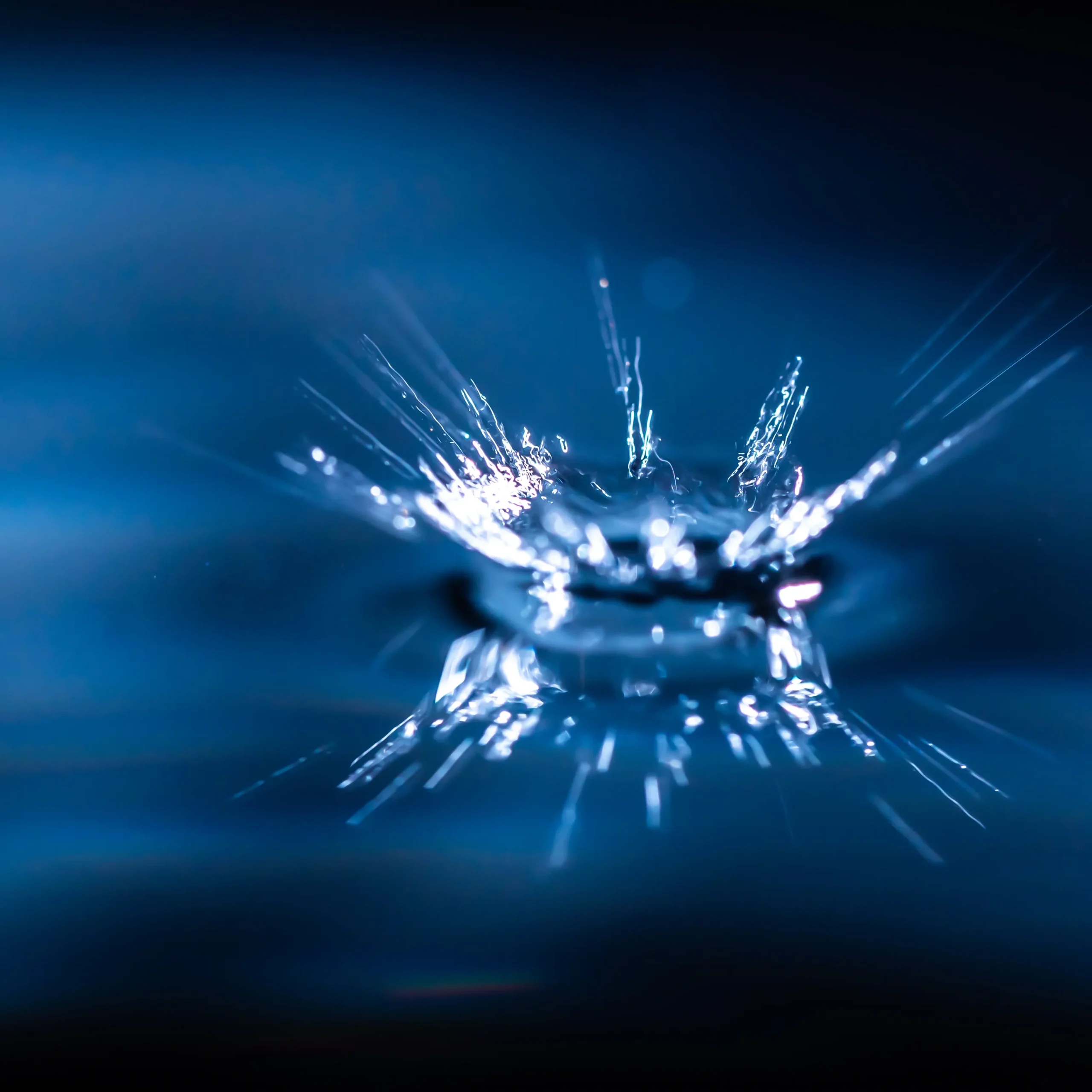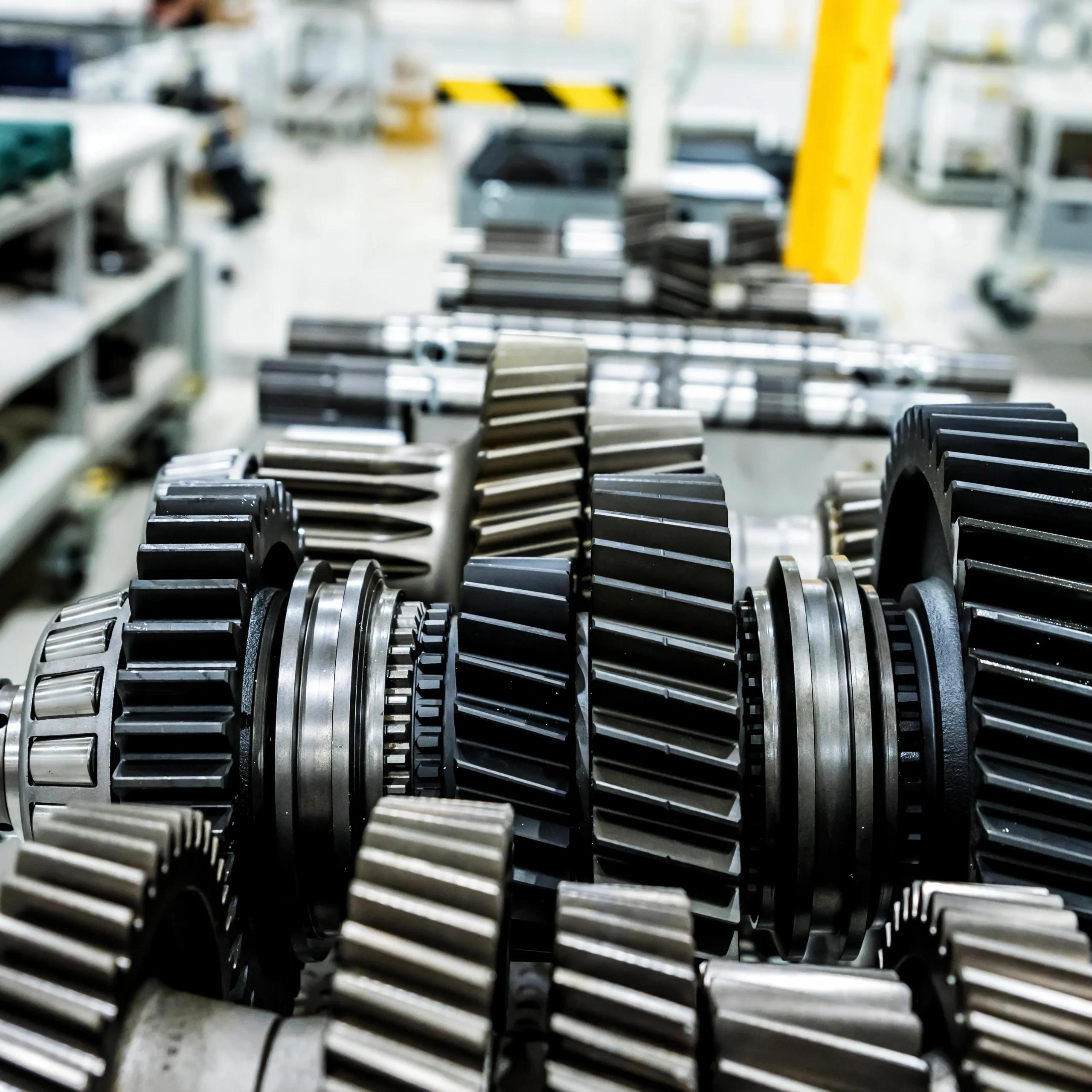What camera is best for autonomous vehicle perception?
Autonomous vehicles “see” by fusing data from lidar, radar and very high-quality video streams. Among rugged machine-vision cameras, the Iron CoF 2011E stands out when one device must deliver the frame rate, image quality and physical toughness required for a perception stack. The camera records 2-megapixel – more precisely 2048 × 1152 – monochrome imagery at up to 513 frames per second through a true global shutter, eliminating the motion blur that confuses convolutional neural networks while the vehicle is moving. Using CoaXPress over Fiber the 2011E transmits raw, uncompressed data through a single SFP+ optical link that supports line rates up to 10 Gb/s and can reach hundreds of metres without repeaters—ideal for routing signals from roof-mounted sensor pods to an in-vehicle computer enclosure.
The enclosure weighs less than 100 g and measures only 46 × 48 × 90 mm, so several cameras can be tiled around a chassis without compromising aerodynamics or styling. Despite this compact footprint, the body is milled aluminium with optional IP67 sealing. KAYA Vision qualifies each unit to MIL-STD-810G Method 516.6 shock (75 G) and Method 514.6 vibration (Category 20), matching or exceeding the stresses recorded on automotive test tracks. Full Power-over-CoaXPress support further simplifies installation and cuts harness weight because data, power and control share one lightweight fibre.
When long-range perception or ultraviolet bandpass imaging is required—for example, recognising retro-reflective lane markings in bright sunlight—the Iron CoF 2020BSI-UV adds a backside-illuminated sensor that achieves up to 85 % peak quantum efficiency and 90.5 dB dynamic range. For colour classification or wider field of view, the Iron CoF 255 and Iron CoF 250 integrate Sony Pregius global-shutter CMOS sensors in similarly compact, fibre-ready housings. Because every Iron CoF model exposes the same GenICam feature set, developers can mix and match resolutions, spectral responses and frame rates while retaining a consistent configuration workflow.
In short, these cameras combine automotive-grade ruggedness, miniature industrial design and the bandwidth headroom of CoaXPress over Fiber, ensuring that perception algorithms receive the pixels they need today and tomorrow.
Can CoaXPress cameras handle vibration in robotics?
Yes. The Iron CoF family was engineered specifically for high-dynamic platforms such as mobile robots, UAVs and factory AGVs where continuous vibration is unavoidable. Each camera is tested to MIL-STD-810G Method 514.6, Vibration Category 20, and Method 516.6 shock at 75 G. The fibre transceiver inside every model is solder-reflowed and under-filled so that solder joints survive extended shock and vibration profiles. Because optical links are immune to crosstalk and impedance shifts, frame grabbers receive error-free packets even while a robot is traversing rough terrain or executing rapid pick-and-place cycles.
The camera bodies employ a one-piece thermal core that mechanically isolates the sensor stack from the lens mount, preventing pixel-plane misalignment—a common failure mode in traditional board-level modules. Two opto-isolated GPIO inputs and two opto-isolated outputs, available on every Iron CoF variant, allow integrators to connect tamper, shock or limit switches without extra interface boards.
Finally, the GenICam register map includes programmable counters, timers, region-of-interest controls and on-camera defect-pixel correction. Trigger events generated by external encoders or proximity sensors can therefore be handled inside the camera, reducing system latency and cabling complexity. In short, KAYA’s CoaXPress-over-Fiber cameras not only withstand vibration—they turn optical transport and rugged construction into a performance advantage for robotic vision.
Are compact cameras reliable in outdoor industrial environments?
Compact industrial cameras are only as reliable as their protection against temperature extremes, moisture ingress and electromagnetic interference. KAYA Vision addresses each challenge systematically in the Iron and Iron CoF line-up. Aluminium housings double as heat sinks, allowing operation from –40 °C to +80 °C without active cooling. Optional IP67 lens tubes and O-ring-sealed connectors keep wind-blown dust and rain out, transforming the cameras into fit-and-forget sensors for construction-site drones, roadside inspection portals or autonomous agricultural machinery.
Firmware contributes another layer of robustness. Automatic black-level calibration tracks sensor temperature, while built-in flat-field correction removes lens shading that can vary with sun angle. For night-time or tunnel scenarios, auto-exposure and gain algorithms settle within milliseconds, maintaining consistent histograms for downstream AI models. A watchdog timer reboots the device if a rare lock-up occurs, and a non-volatile operational-time counter helps maintenance teams schedule replacements before end of life.
Because the Iron CoF architecture keeps power consumption below 4.5 W, internal temperatures stay well inside specification even under direct sunlight. Low power demand also makes the cameras practical for battery-electric platforms where every watt matters. Should a design need colour, ultraviolet or monochrome sensors, engineers may swap camera heads without changing optics: the 46–48 mm width is common across the 2011E, 2020BSI-UV, 255 and 250 models, and each accepts standard C-mount or CS-mount lenses.
By combining hardened mechanics, fibre optics and intelligent processing, KAYA Vision delivers compact cameras that remain reliable in some of the harshest outdoor industrial environments imaginable. Integrators therefore gain the small size demanded by modern mobile machines without sacrificing the endurance historically associated with much larger, heavier vision systems.




